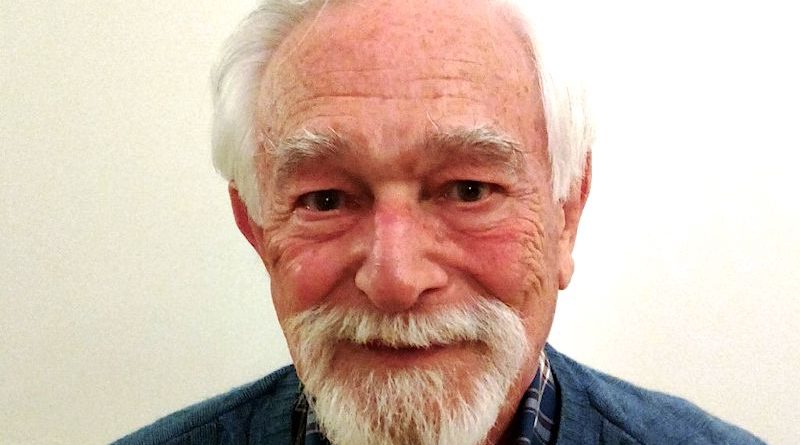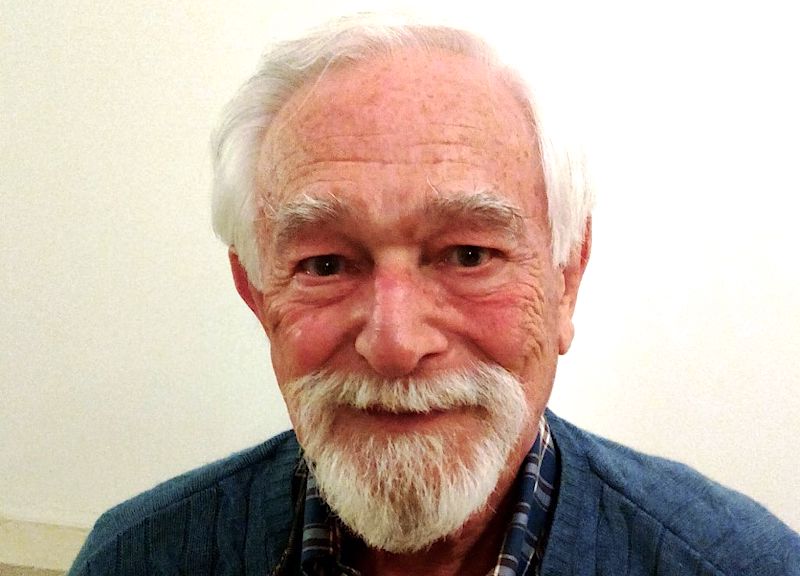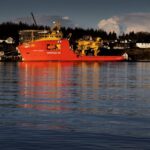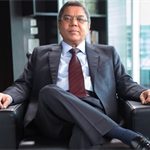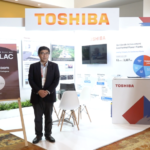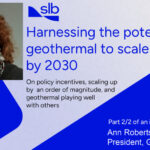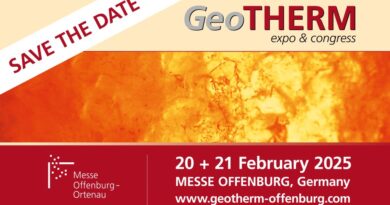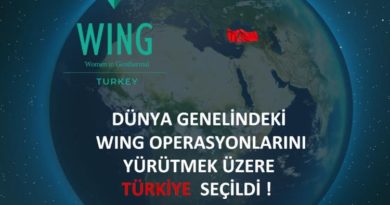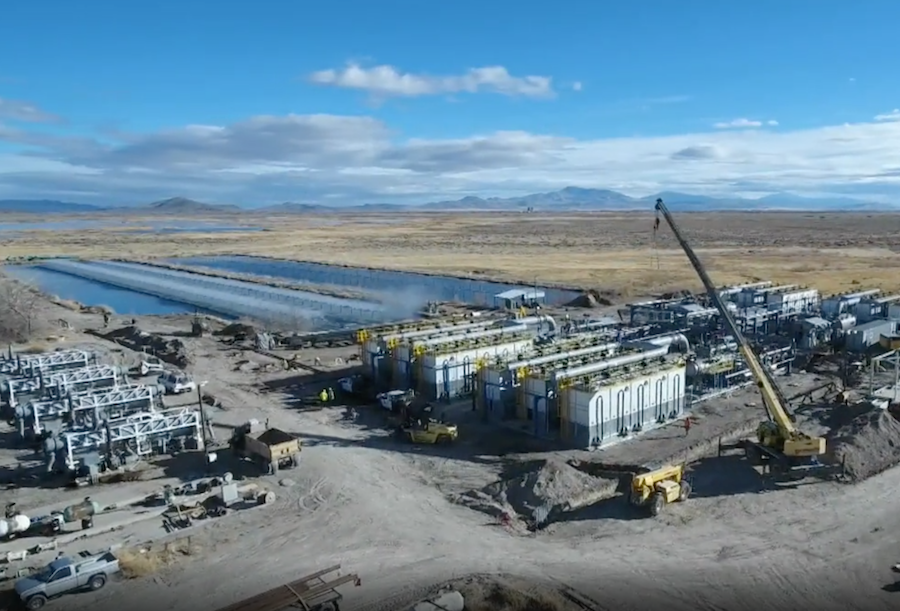Interview – James B. Koenig, consultant and founder, GeothermEx
Energy Disrupter
With more than 50 years of experience in geothermal, James B. Koenig, founder of GeothermEx shares details of his international work in a recent interview.
Working on geothermal development in Slovakia for company PW Energy, James B. Koenig, founder and former President & Chairman of GeothermEx provided an insight into how he got into geothermal energy and his work for various development activities worldwide in an interview with Slovakian Energie-portal.sk. We published a separate piece on his activities and thoughts regarding the geothermal potential of Slovakia.
How did you even get into a specific branch of geothermal energy in the 1960s, which was not even very developed at that time?
I studied geology and a PhD degree. I have achieved in the field of volcanology – seismology. I came in contact with geothermal energy when I started working for the state of California in 1965. It was a National Geological Survey.
The work included a detailed study of two geothermal systems – Coso and Salton Sea. We also evaluated Quaternary volcanoes as potential areas for pumping geothermal energy. In addition, I participated in the creation of legislation that allowed the lease of state land for geothermal development.
California also has the largest geothermal complex in the world – The Geysers. What were your tasks in this project?
During the civil service, I collected a lot of geological data in the area, as well as drilling results. This allowed the National Energy and Planning Agency (California Energy Commission, note) to approve the construction of the first geothermal power plants. When I left the civil service in 1972, I founded the consulting company GeothermEx.
My colleagues and I worked for The Geysers for several private investors. For example, for NCPA, we located and implemented dozens of geothermal wells. Later, we compiled the first integrated numerical simulation of the area using data from all operators. In addition, we provided loan advice, and also oversaw the planned progress of projects and the achievement of important milestones.
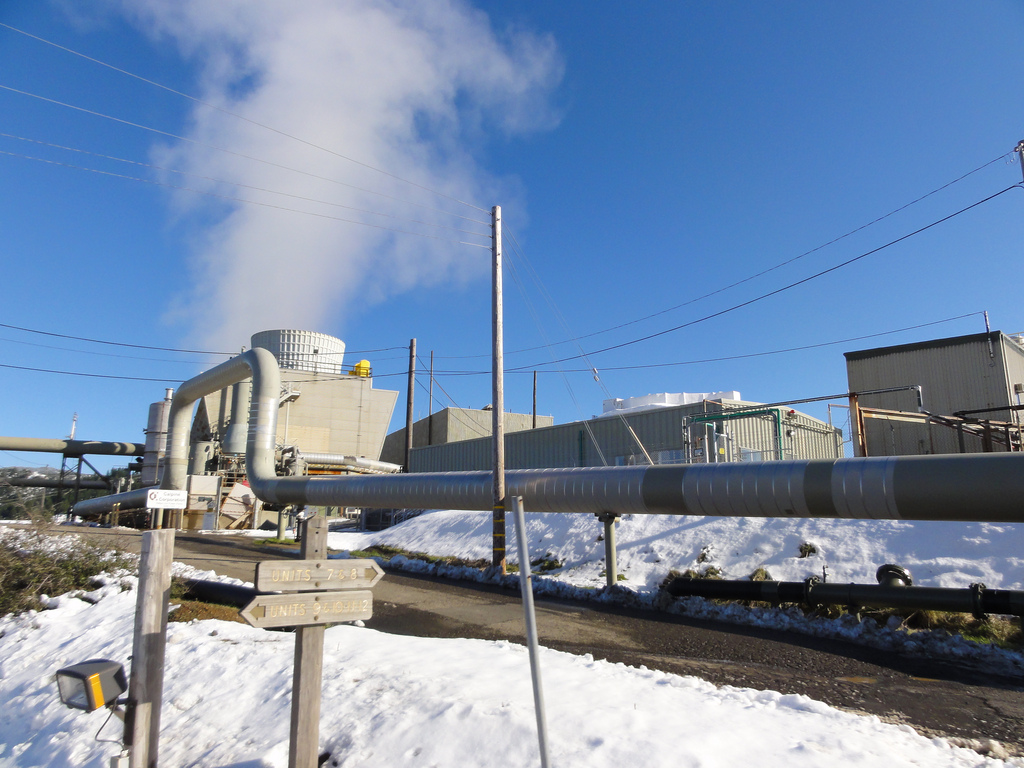
What was the simulation good for?
The Geysers is a two-phase system in which steam and water coexist with maximum enthalpy. Together they form a “saturated” system. However, due to the pressure drop, the water in the wells is converted into steam and in this form reaches the surface.
Pumping steam is faster than its natural regeneration through permeable, aquifers. Therefore, the pressure in the geothermal collector decreases over time. It is necessary to inject water at a level of 85-95 percent of the amount of steam produced to stabilize the pressure.
The importance of this procedure was first identified just after the completion of our numerical simulation.
We talked about the survey of the area, when the site is to be selected for the extraction of geothermal resources. Is it the same everywhere? What processes does it involve?
The most important activities include geological mapping of the area, recording data from any existing wells, geochemical analysis of thermal water and gases. So-called magnetotelluric and seismic surveys are also performed. Together, it can provide a three-dimensional picture of what is hidden underground, including an estimate of the temperature and depth of the geothermal collector.
What is the most common problem or obstacle to implementation?
Paradoxically, this is not about geology or technology, but the most common obstacle is people’s ignorance. Based on their attitude, various conjectures or exaggerated demands are often spread during a geothermal project.
Therefore, it is important to set up from the outset a closely cooperating group composed of representatives of the population, the local government, conservation associations and the investor. The aim is to identify potential problems in good time and, in particular, to provide all parties with the necessary information. When people have enough knowledge about the project and identify with it, there is practically nothing that could frustrate it.
How big is the impact on the surrounding environment when the geothermal project is implemented?
Relatively small. As with other energy projects, a piece of land is occupied, but in this case insignificant. In the design phase, increased noise is expected for a short time. The environment of plants or animals is not significantly disturbed – it is also supervised in the process of environmental impact assessment.
You have worked on geothermal projects all over the world – in addition to the USA and Europe, also in Africa and Asia. Is there a difference in where the plan is realized?
Certainly yes. Most projects in Latin America, Asia and Africa are in volcanically active areas, where there is a great deal of heat in the country above 250 degrees Celsius at a depth of two to three kilometers.
In continental Europe – with the exception of Italy and Turkey – temperatures are lower and comparable to Slovakia, for example, are Hungary and Serbia. In high-temperature areas, large power plants with an output of 30, 50 or up to 100 megawatts are usually built. This, of course, also requires high investments, usually drawn from development banks with government repayment guarantees.
In Africa, for example, geothermal energy is also spreading the electrification of housing, contributing to raising people’s living standards. In Kenya, which is a leader in the use of this renewable resource on the continent, it even generates almost half of its electricity. Is this the best example of the use of geothermal energy?
I think yes. In Africa, I first worked in 1971 as part of an activity for the United Nations, when prospective areas in Ethiopia were being considered. I later did the same in Mozambique. For the World Bank, I subsequently covered the distribution of funds for exploratory drilling in Djibouti in the 1980s. I also participated in a geochemical study of groundwater in the thermal regions of Uganda.
Of course, I spent most of my time in Kenya. For more than 30 years, I have worked on the exploration and development of geothermal resources in the East African Trench, where I have identified potential areas as part of a UN regional survey. Subsequently, I worked on behalf of the World Bank as a consultant for the distribution and management of investment funds in the Olkaria area, where the largest geothermal complex on the continent gradually grew.
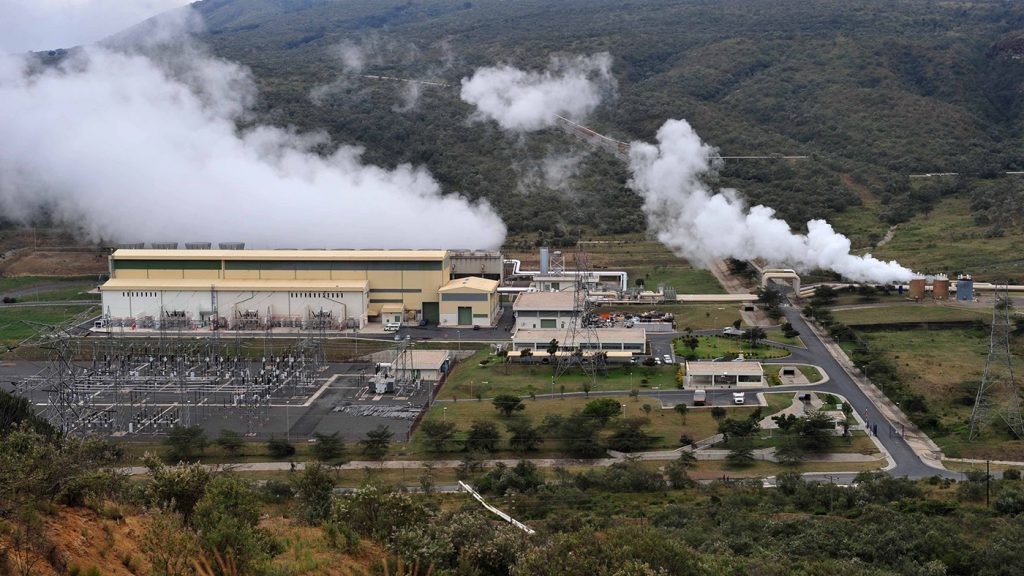
But you’re also a direct consultant to a local electricity company, aren’t you?
Yes, in 1993 I exchanged my position as a representative of the bank for a job for the national electricity producer KenGen, where I am currently chairman of the board of consultants.
From this position, I oversee all activities of the local geothermal team and recommend procedures for future steps. This includes, in addition to surveys, well drilling and hydrodynamic tests, the development and management of the geothermal area, related surface construction, power plant design, environmental issues and other non-electricity projects.
Where does the potential of African countries go?
Kenya has the potential of perhaps about 4,000 MWe of geothermal energy that can be extracted from high-endothic systems.
Ethiopia has a similar potential, also due to the young volcanic areas of the East African Trench. Djibouti can also produce hundreds of MWe of electricity, but it needs to solve the complication of high water salinity. They also have slightly less potential in Tanzania, Uganda, Rwanda and other countries.
In Europe, Iceland is the leader in the share of renewables in the energy mix, but in recent years the development of geothermal in Turkey has started the most. What’s behind that?
Turkey has relied on an acceleration program to support the production of electricity from geothermal sources, which is based on subsidies for producers and a guarantee of market access. The valley of the river Menderes, which has some of the same characteristics as the mentioned Pannonian Basin, reaches an overall gradient of 40-60 degrees Celsius and has a very good permeability of limestone-dolomite rocks at a depth of 2-4 kilometers. The natural conditions are therefore satisfactory, it was enough to start using them.
Funding for geothermal projects began to come in Turkey almost exclusively from local sources. The construction of power plants is contracted here at an earlier stage than usual, often before the wells are tested. So far, no major problems have arisen under this strategy.
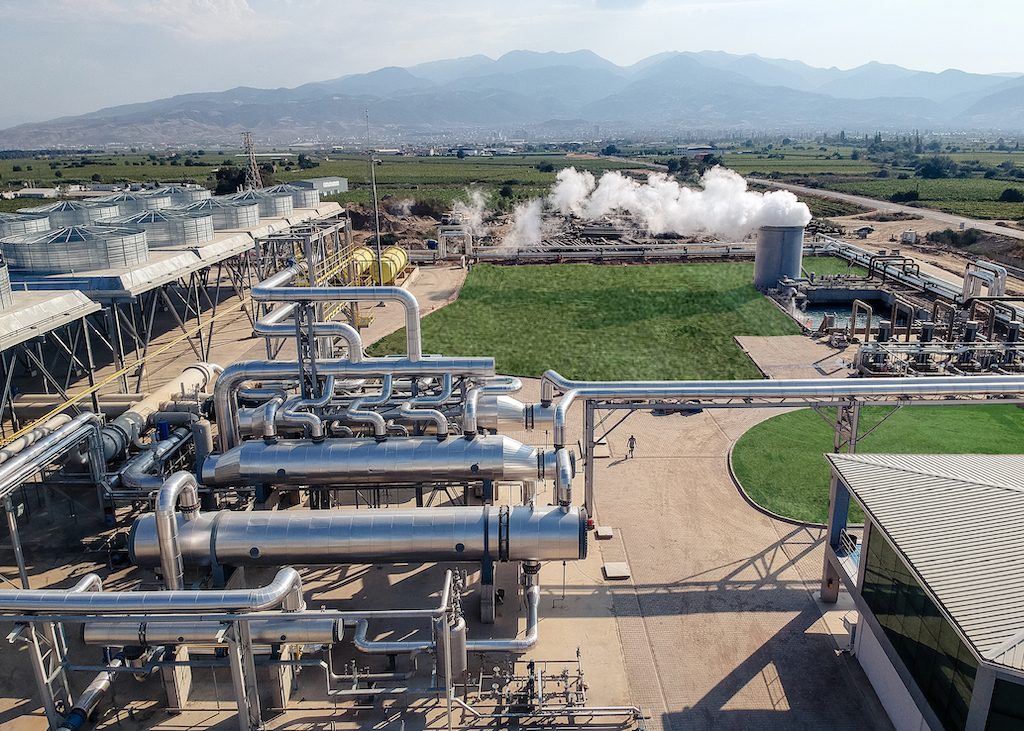
What are the most effective forms of support that can accelerate the use and development of geothermal energy in the world?
It is a mix that consists of higher purchase prices for geothermal energy, grid connection guarantees, financial guarantees for loans, acceleration of permits and environmental assessments, and cost sharing in the most risky phase of projects – in the implementation of exploratory wells.
All of these tools are now used in many countries today. Cost sharing proved to be very efficient in Japan, for example, in the 1980s. Resource insurance seems less effective, which was too expensive, but also smaller financial grants that have various “hooks” or financial support for the use of new technologies.
What is the main technological challenge?
The biggest need is to increase the drilling speed. It takes too much time to pull the drill head out of the well, replace it and replace it. It takes 10-15 hours, which is very time and money consuming, especially since the drills have to be changed at least once a week.
The technology for electricity production has improved significantly, we are at an efficiency of about 15 – 17 percent, while the theoretical maximum is about 30 percent. Further improvements are yet to come.
About James B. Koenig
Geologist, geothermal project specialist with 50 years of experience. He started his career as a geothermal specialist in the state of California. In 1973, he founded the private company GeothermEx, in which he worked as a leading expert on the discovery of geothermal resources in Miravalles (Costa Rica), Dixie Valley (Nevada) and BatongBuhay (Philippines). He has also participated in projects in Africa, Indonesia, Japan, Kenya and Vietnam. He has also worked for the UN, the World Bank and a number of private investors. He was also involved in the International Geothermal Association and in 2005 was General Manager of the World Geothermal Congress in Turkey. He is currently a consultant for geothermal projects in Kenya, Turkey and Slovakia.
Source: Energie Portal

